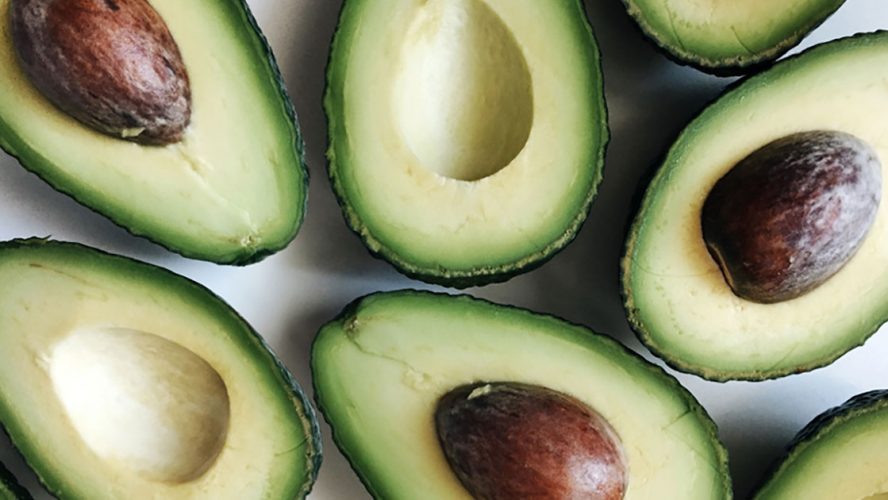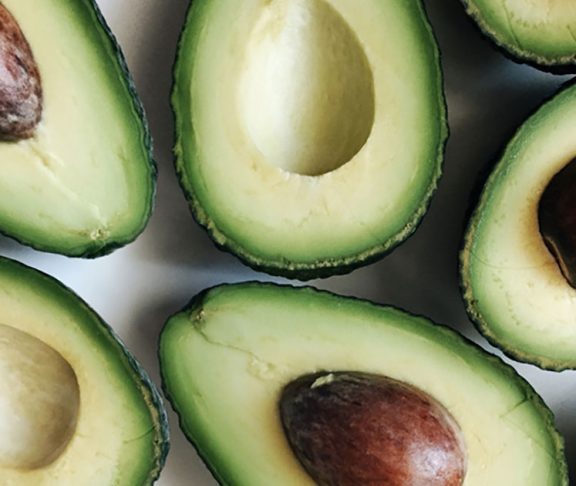There are many sides to a successful diabetes care plan, and much of it is dedicated to supporting healthy eating. Whether you are currently managing diabetes, hoping to prevent diabetes based on your family history or helping care for someone with diabetes, eating well-rounded meals and snacks is critical to overall health and disease management.
As a registered dietitian and Certified Diabetes Educator® (CDE®), I’m often asked by people with diabetes (PWD) for healthy eating tips, particularly within the Hispanic and Latino communities, for whom food is closely tied to cultural traditions. I tell them a successful diabetes management/prevention meal plan includes:
- Complex carbohydrates, including corn tortillas, wild rice and quinoa.
- Vegetable proteins, including black beans, chickpeas and lentils.
- Healthy fats, such as avocados and eggs.Limit or eliminate lards, cheeses, creams and high-fat meats.
- Boiled beans over refried beans.Boiled beans have more protein and fewer calories, carbs and fat.
- Water, sparking water and unsweetened teas over sugary sodas and flavored beverages. You can naturally add flavor with fruits, vegetables and herbs.
Work closely with a CDE, RD, and others within a health care team to create a customized meal plan, utilizing these tips:
Cook your own meals
- Not only familiarizing you with ingredients, cooking provides a great way to bond with family members and pass on recipes and meal traditions.
Make room for stews and mixed dishes
- They provide simple opportunities to work in more beans, vegetables and healthy proteins. They are also freezable so you can get several meals from one batch.
Meal plans are balanced when they include
- A) breakfast, lunch, dinner, plus one or two snacks, B) each one-day plan includes eight servings of fruits and vegetables, and C) fruits and vegetables are included at almost every meal and snack.
Spread carbohydrates throughout the day
- Most meals have 45-60 grams of carbohydrates, compared to most snacks with 15-30 grams.
Know what impacts glucose levels.
- Ripe, cooked and increased fat raises or sustains higher glucose levels (vs. under-ripe, raw, and low fat).
There is no such a thing as a “diabetic diet.” All PWD can enjoy the same healthy eating practices as those simply hoping to feel great, lose weight and control glucose, cholesterol or blood lipids. Healthy eating is a family affair and a lifelong mission to joyful lifestyle modification. Ask your CDE, family and doctors to assist along the way.
Barbara Eichorst, MS, RD, CDE®, [email protected]

